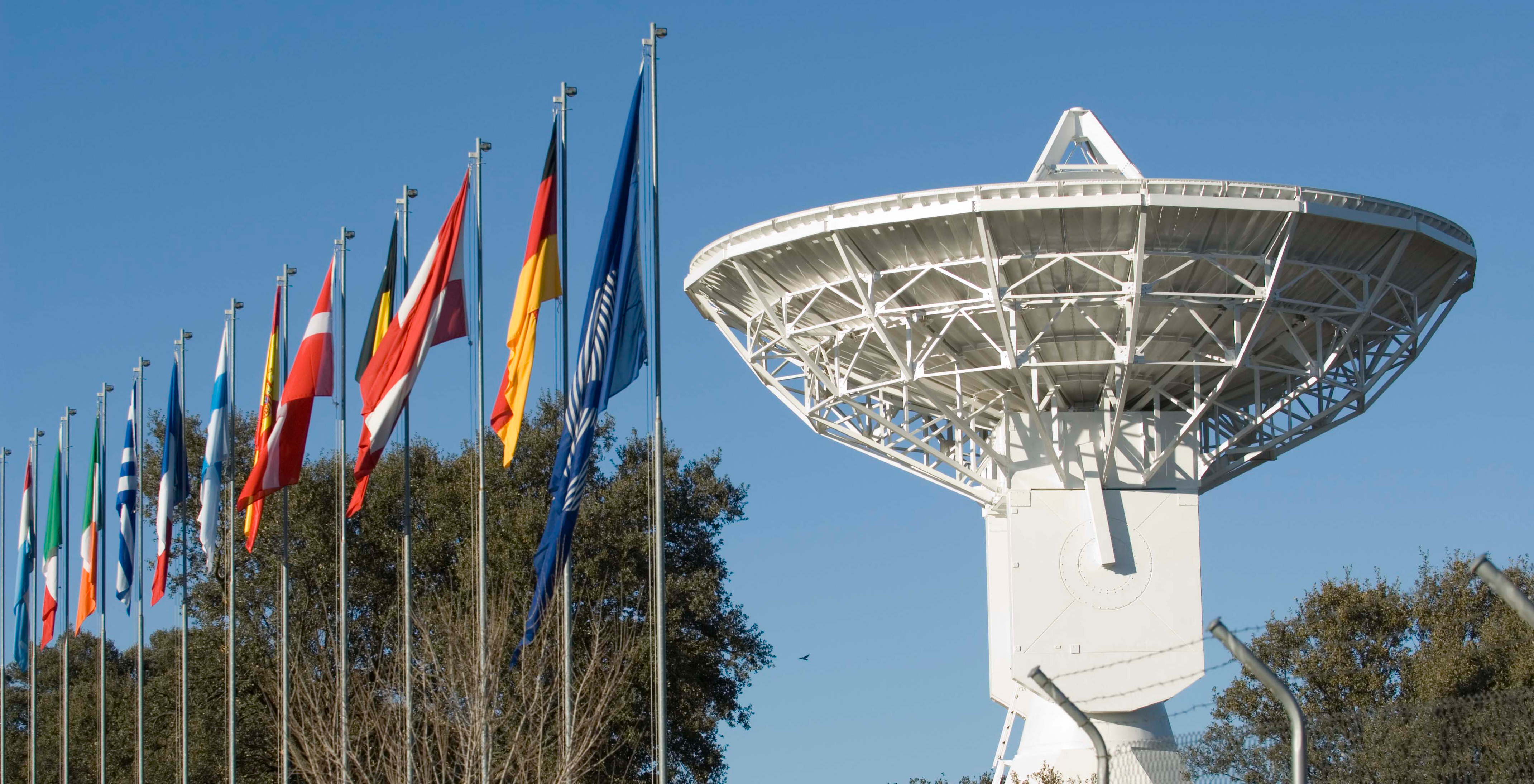Access ALMA data through ESASky!
By ESDC

We are happy to announce that, since 12 March 2020 it is possible to inspect
and download data from the Atacama Large Millimeter/submillimeter Array
(ALMA) via ESASky. This important milestone has been possible thanks to a
collaboration between the ESA's ESAC Science Data Centre (ESDC) and the
ALMA Regional Centre (ARC) at the European Southern Observatory (ESO).
The ALMA data available in ESASky cover the frequency range from 84 to
about 950 GHz. With ESASky, users can visualise the footprints of the
available observations in the sky, inspect the corresponding metadata
and download the actual data directly from the ESO ALMA archive.
ALMA is a partnership of ESO, the National Science Foundation (NSF) of
the USA, and the National Institutes of Natural Sciences (NINS) of
Japan (NINS), together with the National Research Council of Canada
(NRC), the Taiwan Ministry of Science and Technology (MOST) and the
Academia Sinica Institute of Astronomy and Astrophysics (ASIAA) in
Taiwan, and the Korea Astronomy and Space Science Institute (KASI), in
cooperation with the Republic of Chile. The Joint ALMA Observatory is
operated by ESO, the National Radio Astronomical Observatory (NRAO) of
the USA, and the National Observatory of Japan (NAOJ).
Images: ESA/ESDC
.Astronomy 12 at ESAC: 15-17 September 2020
By M. López Caniego and D. Baines

We are happy to announce that the ESDC will be hosting .Astronomy12 at ESAC, Madrid, Spain on 15-17 September 2020.
The .Astronomy conference series aims to build a dynamic and creative community of scientists and educators to exploit the
potential offered by modern computing and the internet in the era of data-driven astronomy. Rather than scientific questions,
the focus is on innovative use of the web to develop new research tools, and to communicate with a broad audience through
online platforms and innovative engagement resources.
If you’re interested in taking part, use this form to express your interest in being a part of it. The form closes at the end of March.
We will work with .Astronomy to issue invites by the end of April 2020.
Image: ESA/ESAC
